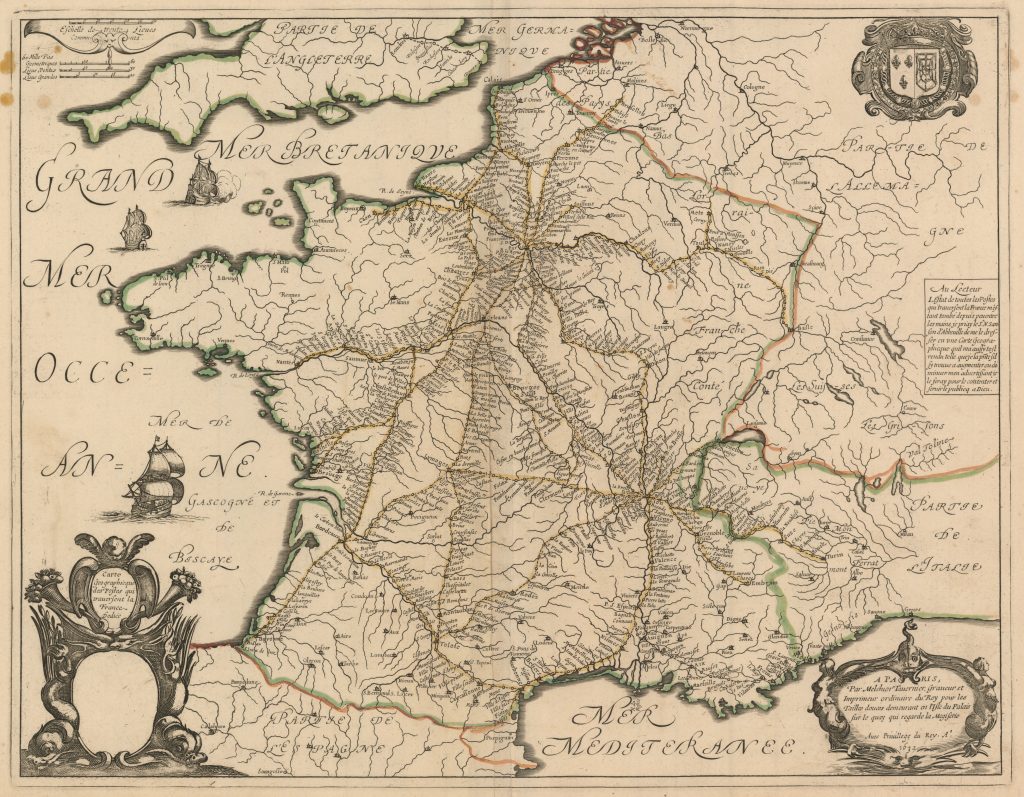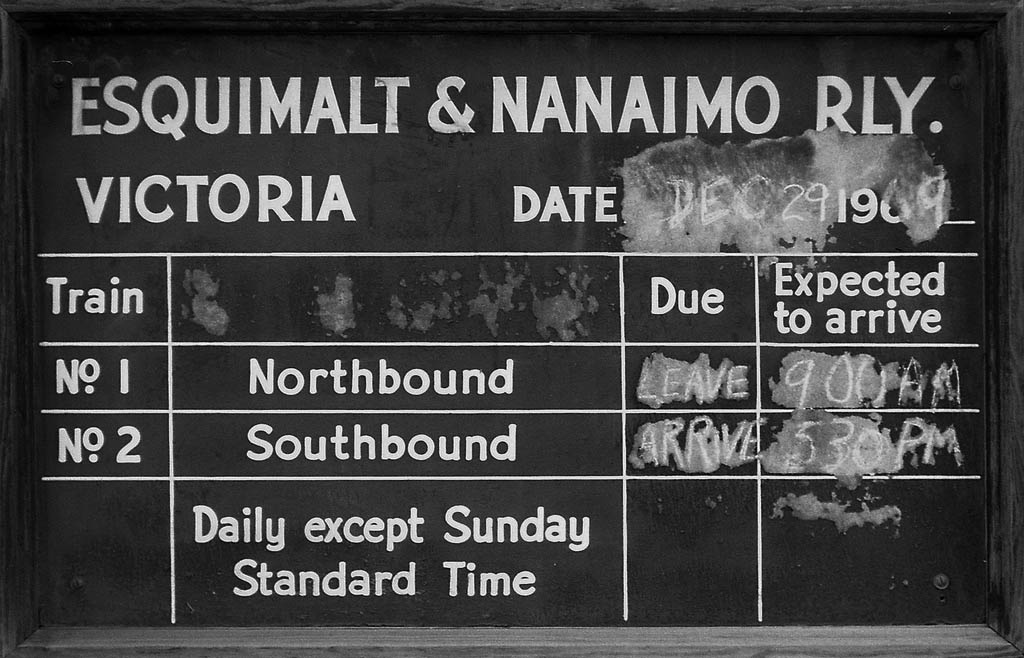The concept of temporal networks is an extension of complex networks as a modeling framework to include information on when interactions between nodes happen.
Many studies of the last decade examine how the static network structure affect dynamic systems on the network. In this traditional approach the temporal aspects are pre-encoded in the dynamic system model.
Temporal-network methods, on the other hand, lift the temporal information from the level of system dynamics to the mathematical representation of the contact network itself.
This framework becomes particularly useful for cases where there is a lot of structure and heterogeneity both in the timings of interaction events and the network topology.
The advantage compared to common static network approaches is the ability to design more accurate models in order to explain and predict large-scale dynamic phenomena (such as, e.g., epidemic outbreaks and other spreading phenomena). On the other hand, temporal network methods are mathematically and conceptually more challenging» (Holme & Saramaki, 2013, Temporal Networks).
| Normally it is considered that an airport or train station are connected because they can access to other points in the network. However, the temporal side of these connections is enormously important. If a plane reaches a stopover when its connection has already left the airport the travel time increased significantly. When a city sees as its traditional railroad is replaced by a high-speed train much faster but with less frequency not always improve their connectivity with the network.In this nice video from NATS we can see how the planes from America arrive to european hubs in the morning.Afterward the intercontinental travelers are distributed in the continent using medium range flights.The schedule of these flights is crucial to obtain an efficient airline network.SCCS is currently working on developing global temporary networks for commercial airlines. |



